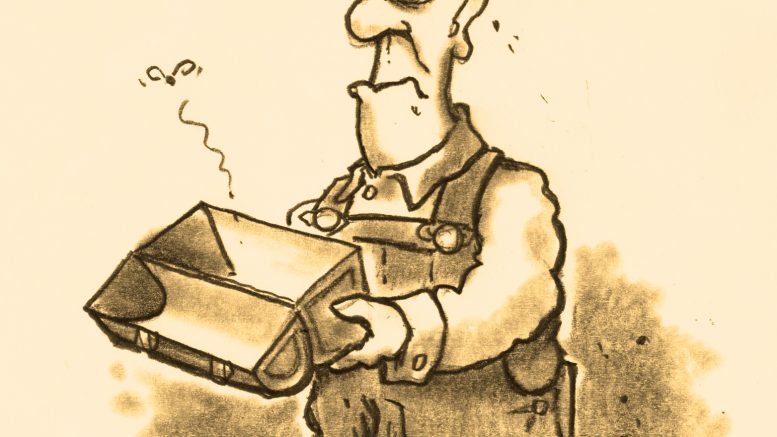
By Heidi Shierholz & Margaret Poydock
Economic Policy Institute (2/11/20)
What this report finds and why it matters
Data from the Bureau of Labor Statistics (BLS) show that there was an upsurge in major strike activity in 2018 and 2019, marking a 35-year high for the number of workers involved in a major work stoppage over a two-year period. Further, 2019 recorded the greatest number of work stoppages involving 20,000 or more workers since at least 1993, when the BLS started providing data that made it possible to track work stoppages by size.
- After decades of decline, strike activity surged in 2018, with 485,200 workers involved in major work stoppages—a nearly twentyfold increase from 25,300 workers in 2017.
- The surge in strike activity continued in 2019, with 425,500 workers involved in major work stoppages.
- On average in 2018 and in 2019, 455,400 workers were involved in major work stoppages—the largest two-year average in 35 years.
- The upsurge in major work stoppages is largely fueled by an increase in stoppages involving at least 20,000 workers: In 2019, there were 10 work stoppages involving at least 20,000 workers.
- The increase in strike activity when the unemployment rate is less than 4% suggests two things.
- One, workers know that if they are fired for strike activity, they will be more likely to find another job.
- Two, workers are concluding that if even a sub-4% unemployment rate is not providing them with enough leverage to secure robust wage growth, they must join together to demand a fair share of the recovery.
- Crucial reforms found in the Protecting the Right to Organize (PRO) Act would strengthen the right to strike and would help ensure that workers have the leverage they need to secure their share of economic growth.

